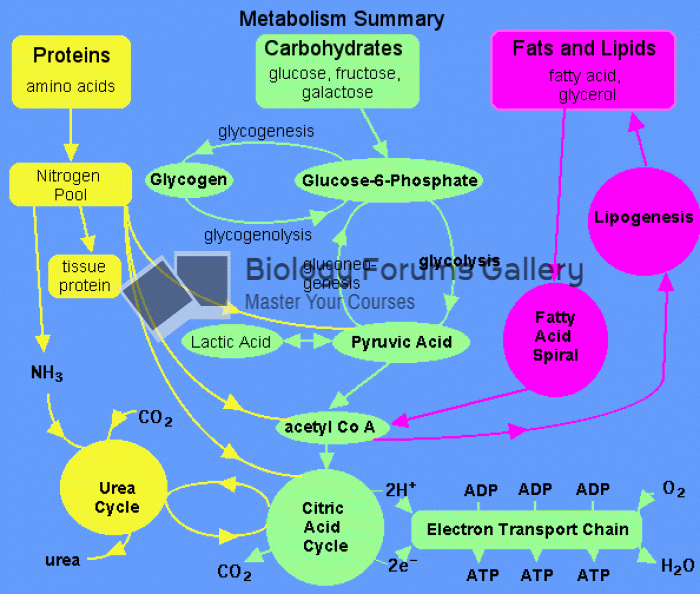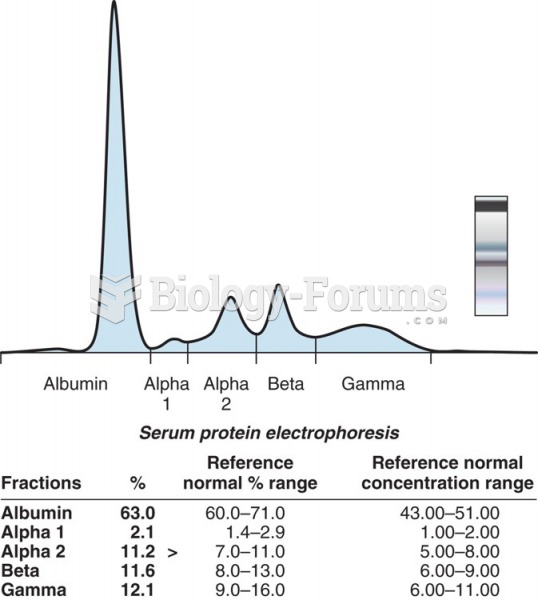Answer to Question 1
Correct Answer: 2
Rationale 1: VLDL should be high is incorrect because VLDL should be within normal limits, and high levels are not well understood but are associated with increased risk of pancreatitis.
Rationale 2: Low-density lipoprotein (LDL or the bad cholesterol should be low).
Rationale 3: Total cholesterol levels do not give sufficient information is incorrect because total cholesterol levels should be within normal limits, and the components of the total determine what treatment may be selected.
Rationale 4: HDL should be low is incorrect because high-density lipoprotein (HDL or the good cholesterol) levels should be high.
Global Rationale: Low-density lipoprotein (LDL or the bad cholesterol should be low). VLDL should be high is incorrect because VLDL should be within normal limits, and high levels are not well understood but are associated with increased risk of pancreatitis. Total cholesterol levels do not give sufficient information is incorrect because total cholesterol levels should be within normal limits, and the components of the total determine what treatment may be selected. HDL should be low is incorrect because high-density lipoprotein (HDL or the good cholesterol) levels should be high.
Answer to Question 2
Correct Answer: 4
Rationale 1: HDL is incorrect because triglycerides are the major storage form of fat in the body and the only type of lipid that serves as an important energy source.
Rationale 2: Cholesterol is incorrect because triglycerides are the major storage form of fat in the body and the only type of lipid that serves as an important energy source.
Rationale 3: LDL is incorrect because triglycerides are the major storage form of fat in the body and the only type of lipid that serves as an important energy source.
Rationale 4: Triglycerides are the major storage form of fat in the body and the only type of lipid that serves as an important energy source.
Global Rationale: Triglycerides are the major storage form of fat in the body and the only type of lipid that serves as an important energy source. HDL is incorrect because triglycerides are the major storage form of fat in the body and the only type of lipid that serves as an important energy source. Cholesterol is incorrect because triglycerides are the major storage form of fat in the body and the only type of lipid that serves as an important energy source. LDL is incorrect because triglycerides are the major storage form of fat in the body and the only type of lipid that serves as an important energy source.







